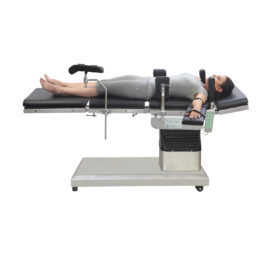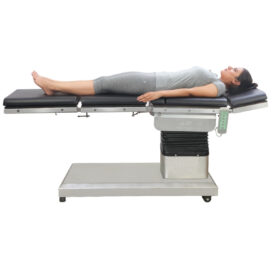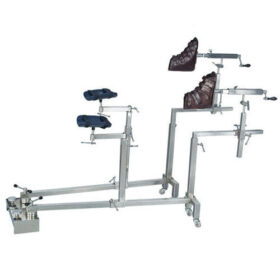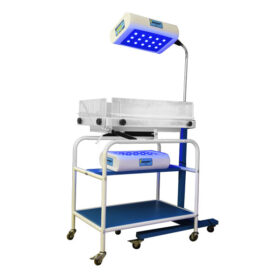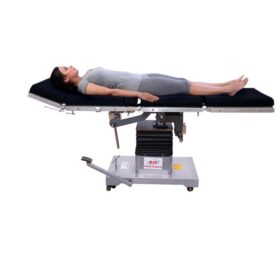The OT table can be adjusted and positioned in various ways to accommodate different surgical procedures and the specific needs of the surgical team. Common table positions include supine (lying flat on the back), prone (lying face down), lithotomy (legs raised and separated), Trendelenburg (head down, feet up), reverse Trendelenburg (head up, feet down), and lateral (on the side).
Each position serves a specific purpose and allows the surgical team to have the best possible access to the surgical site while maintaining patient comfort and safety. The position of the OT table may be adjusted during different stages of the procedure, such as for initial patient positioning, surgical exposure, and patient repositioning.
The OT table’s ability to provide precise and stable positioning is crucial for the success of surgical procedures. It may have features such as motorized controls, adjustable height, tilting capability, and specialized attachments to accommodate different surgical specialties and procedures.
The OT table position is determined by the surgeon and the surgical team based on the nature of the procedure, patient anatomy, and the desired surgical exposure. The proper positioning of the OT table ensures optimal surgical access, facilitates the surgeon’s movements and visualization, and contributes to the overall safety and effectiveness of the surgical intervention.



